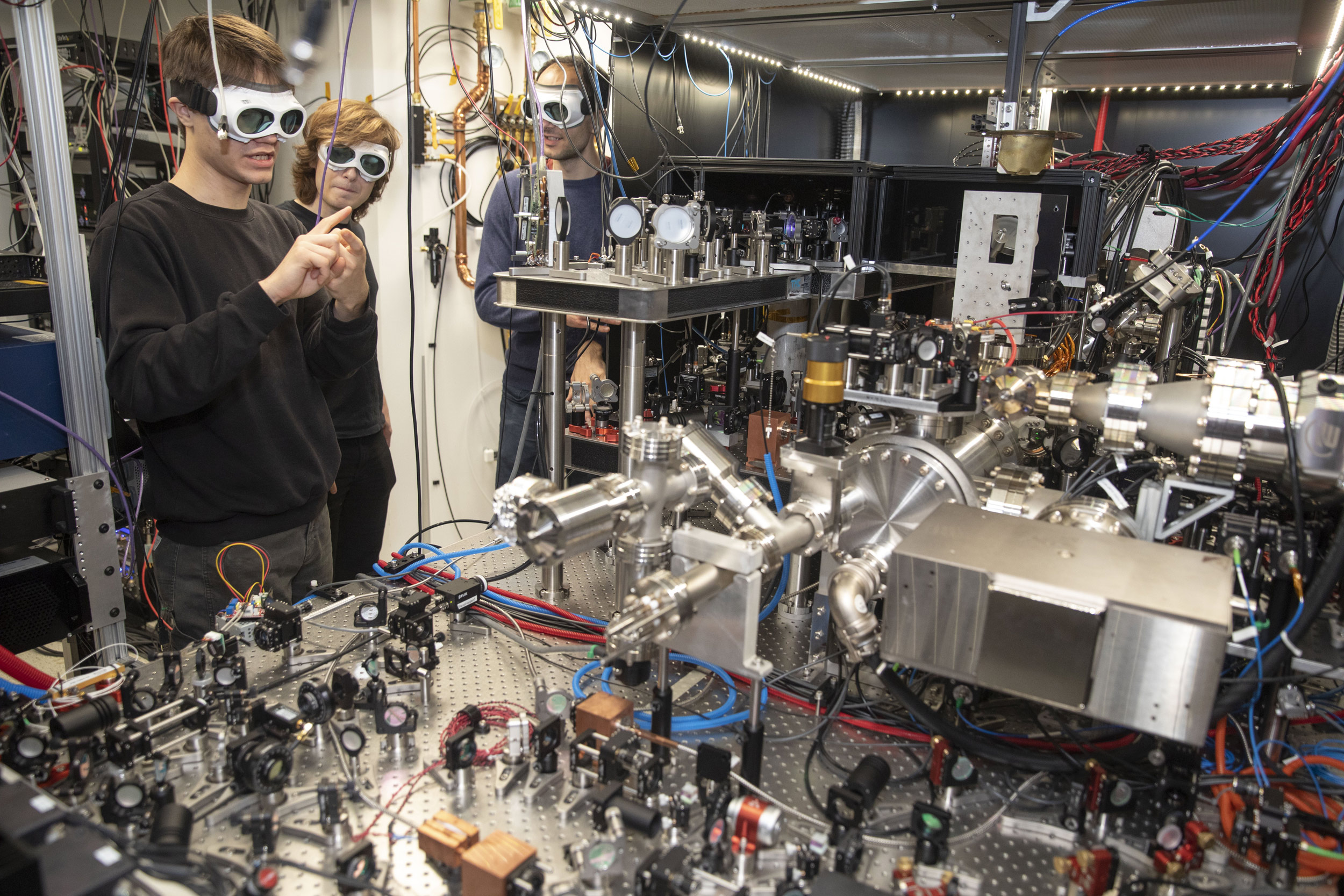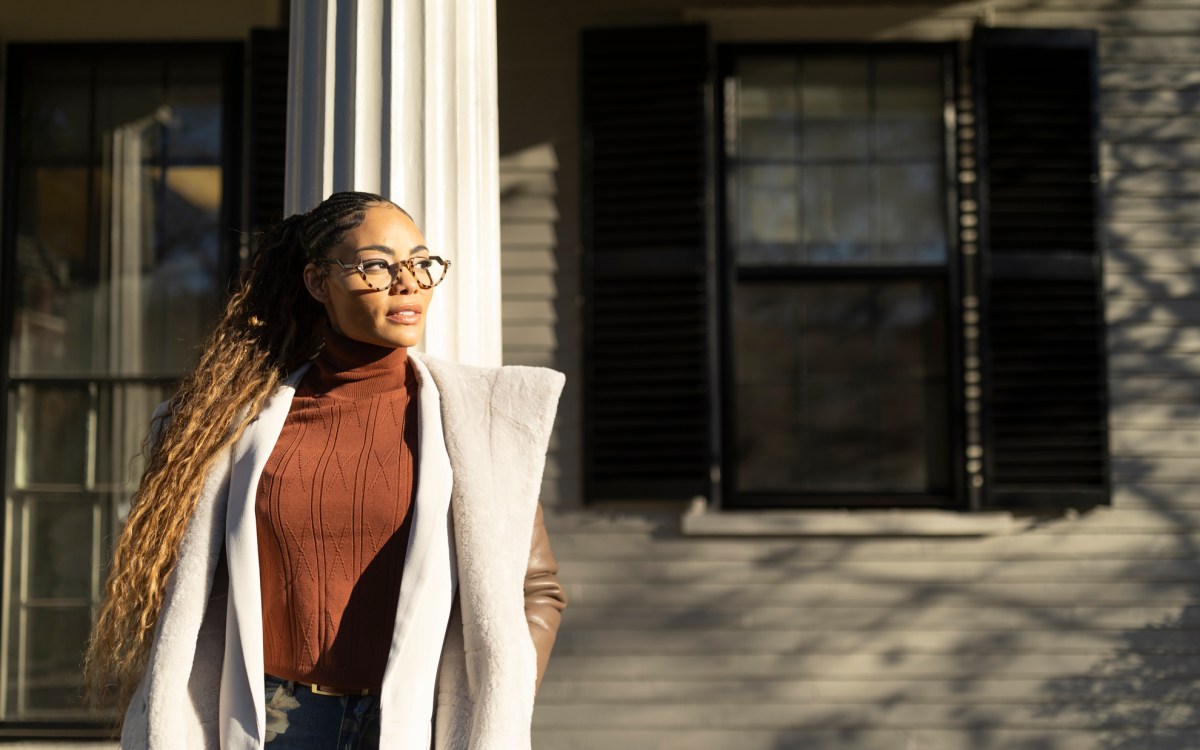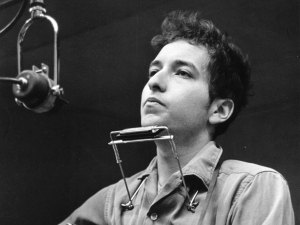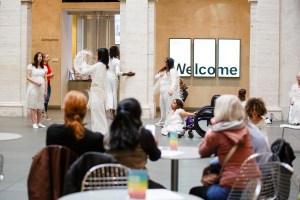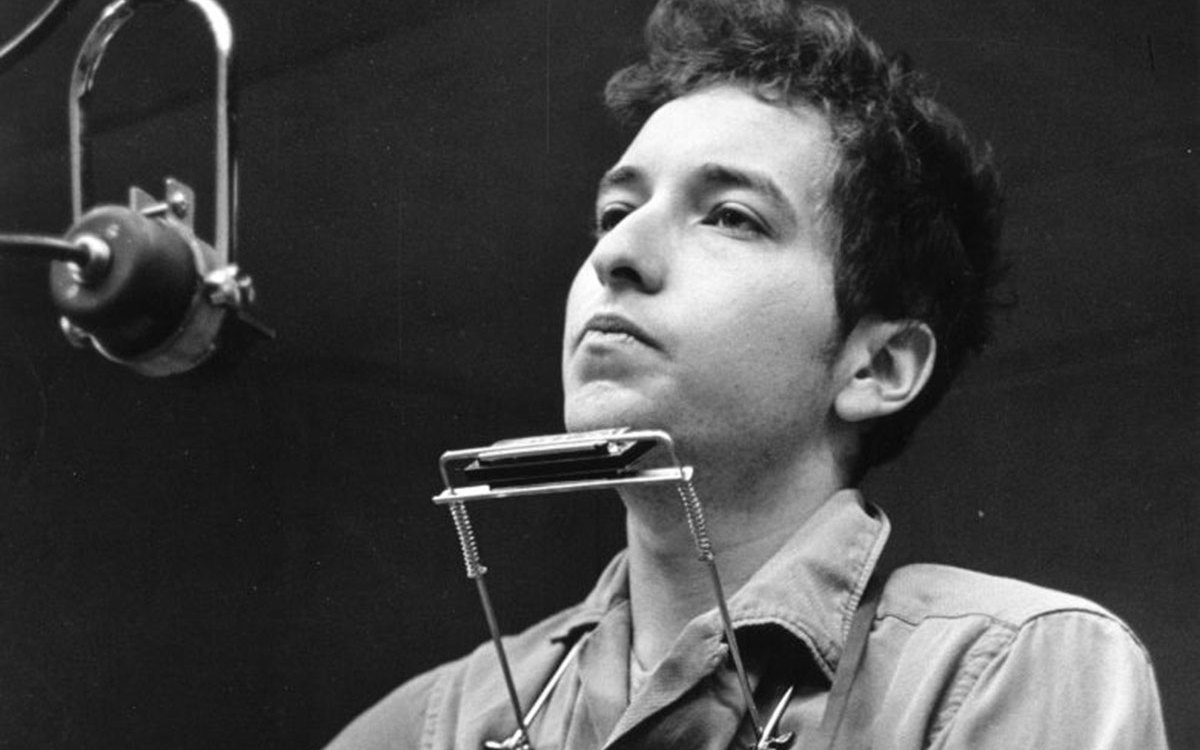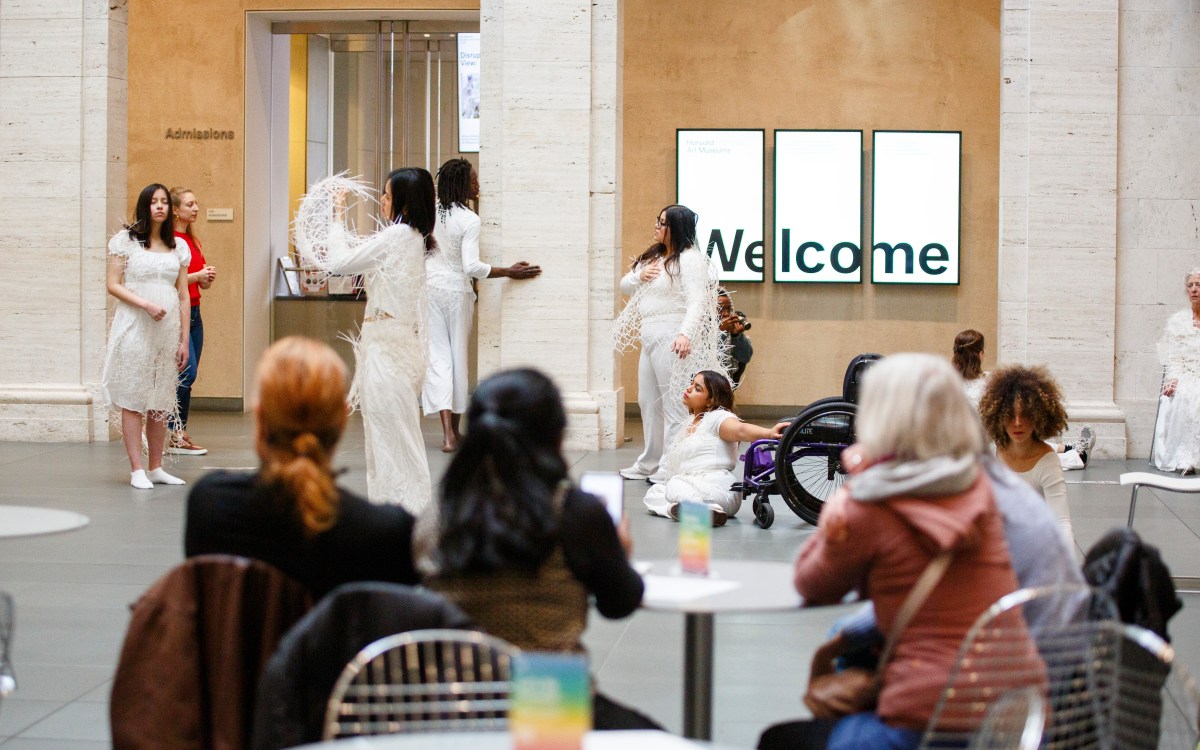Capturing curiosity
Harvard labs open their doors to let a photographer record the essence of discovery
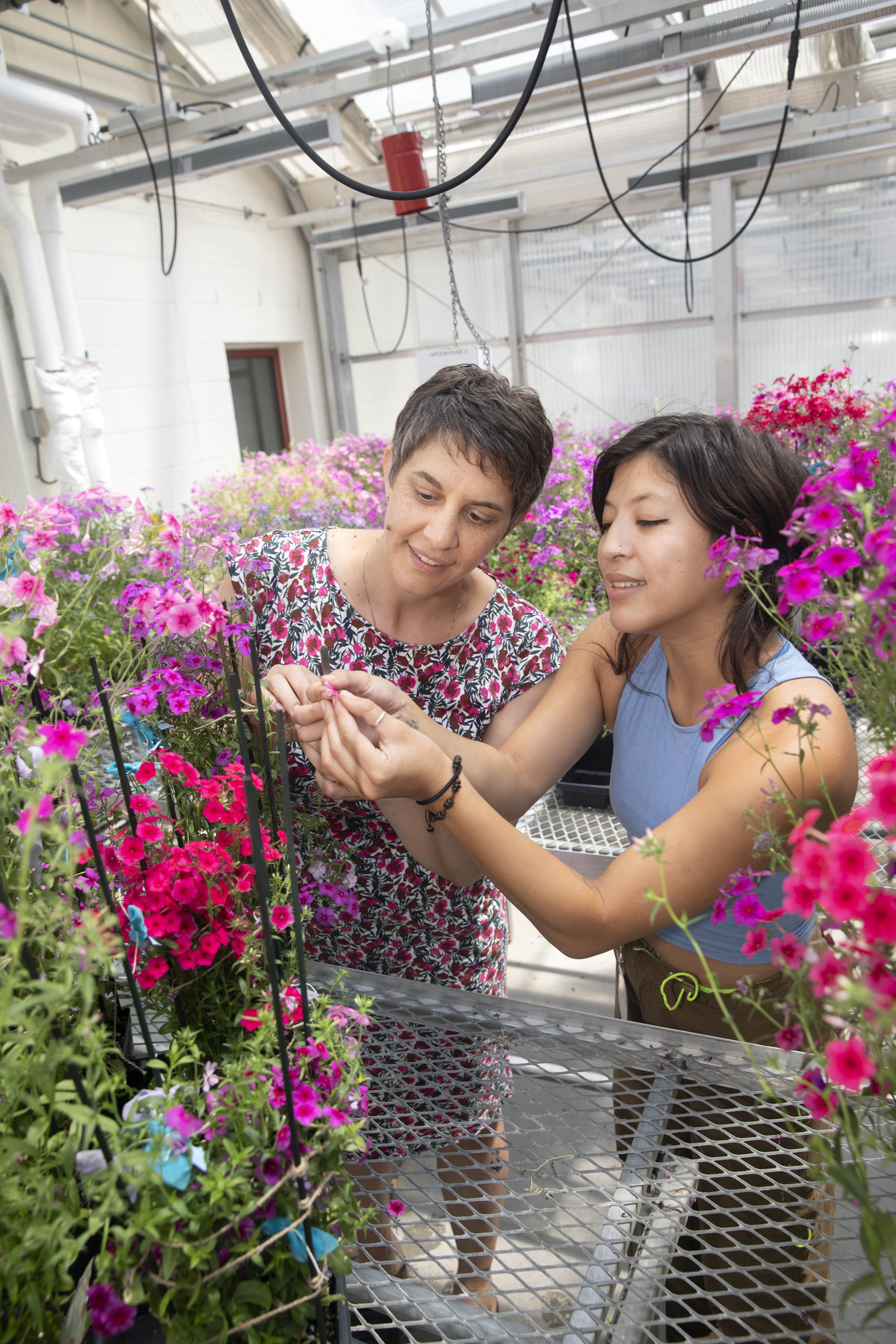
In the Weld Hill Research Building at Arnold Arboretum, Robin Hopkins (left), John L. Loeb Associate Professor of the Natural Sciences in the Department of Organismic and Evolutionary Biology, and research assistant Izzy Acevedo, examine a plant for speciation. Their focus is on reinforcement, the process in which reduced hybrid fitness generates selection for the evolution of reproductive isolation between emerging species.
Photographs by Kris Snibbe/Harvard Staff Photographer
Part of the Photography series
Harvard’s campus and community through the lens of our photographers.
As a world-class research university, Harvard labs explore everything from capturing carbon to city planning. Cross-collaboration and community are the threads that tie them all together.
“The science of electrochemistry is driving the development of new frontiers,” said Kiana Amini, a postdoctoral fellow in Michael Aziz’s flow battery lab at the Harvard John A. Paulson School of Engineering and Applied Sciences. “Collaborating with my colleagues, exchanging knowledge and expertise, and contributing to the development of sustainable energy storage and carbon capture is an incredibly rewarding experience.”
Harvard Kenneth C. Griffin Graduate School of Arts and Sciences student Noah Lopez agreed. “It is an absolute pleasure to engage in regeneration research in the Whited Lab,” said Lopez. “We place great importance in fostering a sense of community, collaboration, and mentorship within our lab.”
For Professor Kathryn Franich, it’s the diversity of speech that she explores in her research in the Linguistics Lab. “A big part of our work looks at how differences in structure across languages — such as whether a language is a tonal language or a stress-based language — influence speech timing and coordination,” she explained.
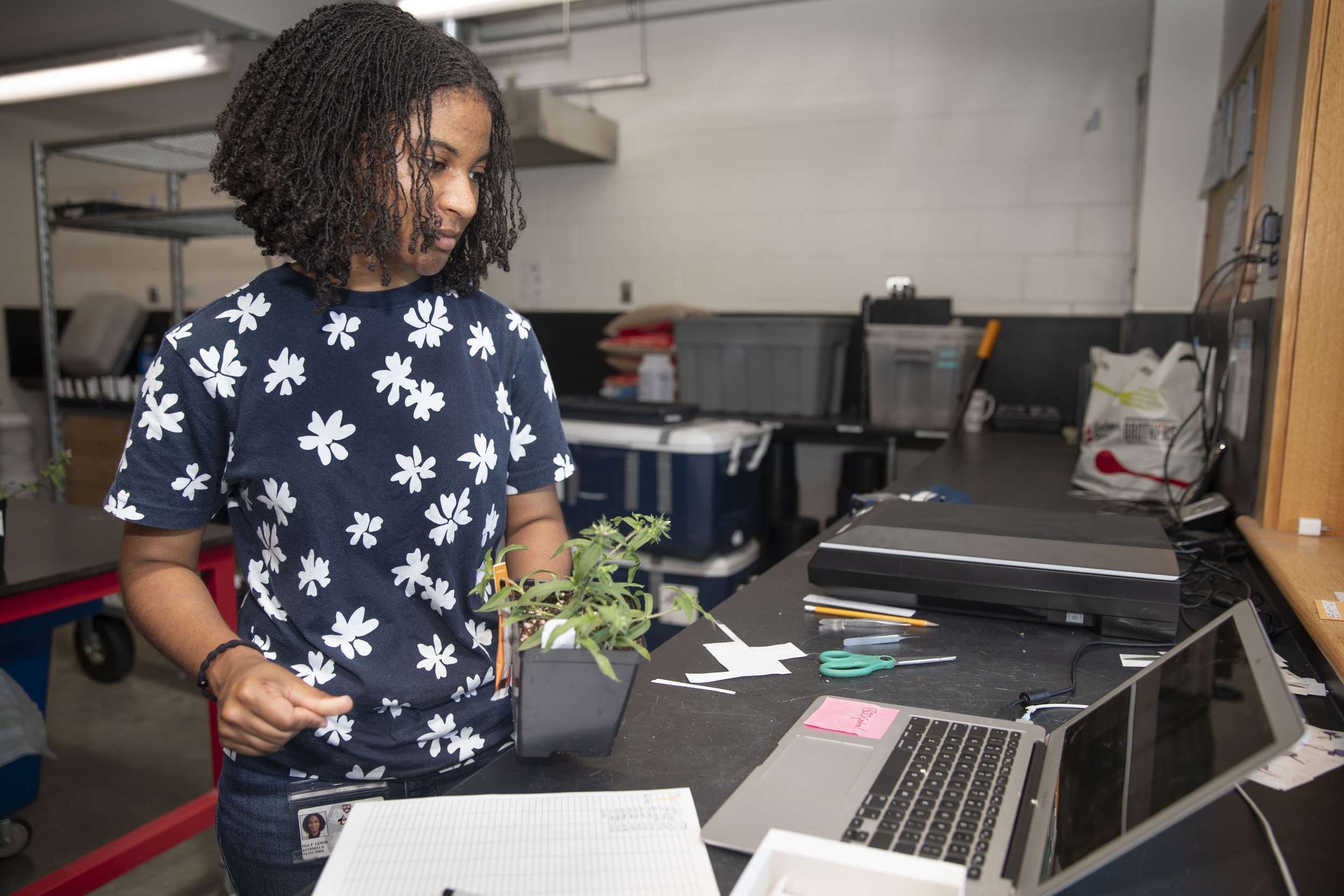
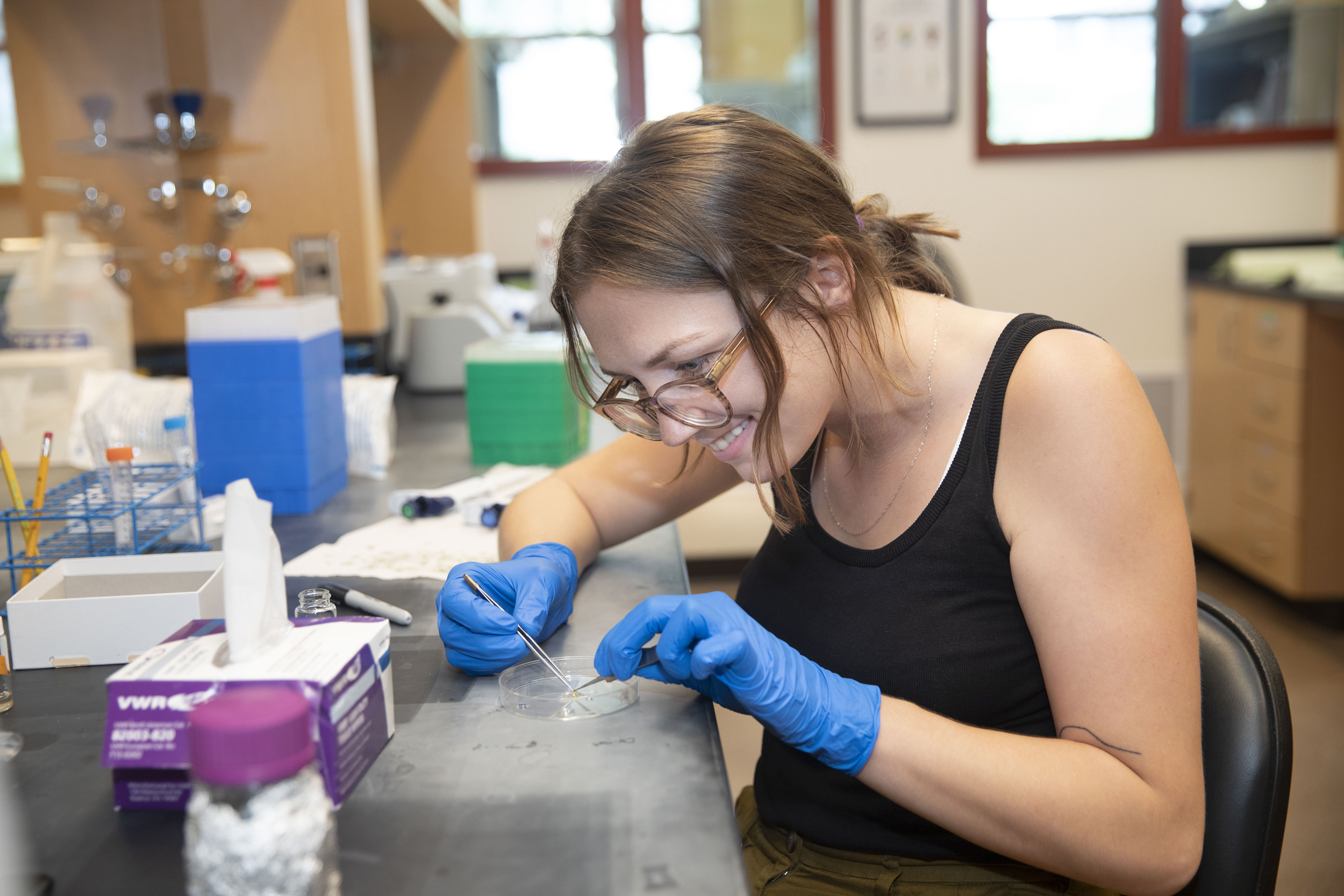
Nia Faith ’26, a veteran of the Research Experience for Undergraduates program, works with a scanner in the Hopkins Lab. Grace Burgin, a graduate student in Organismic and Evolutionary Biology, gets busy at the bench.
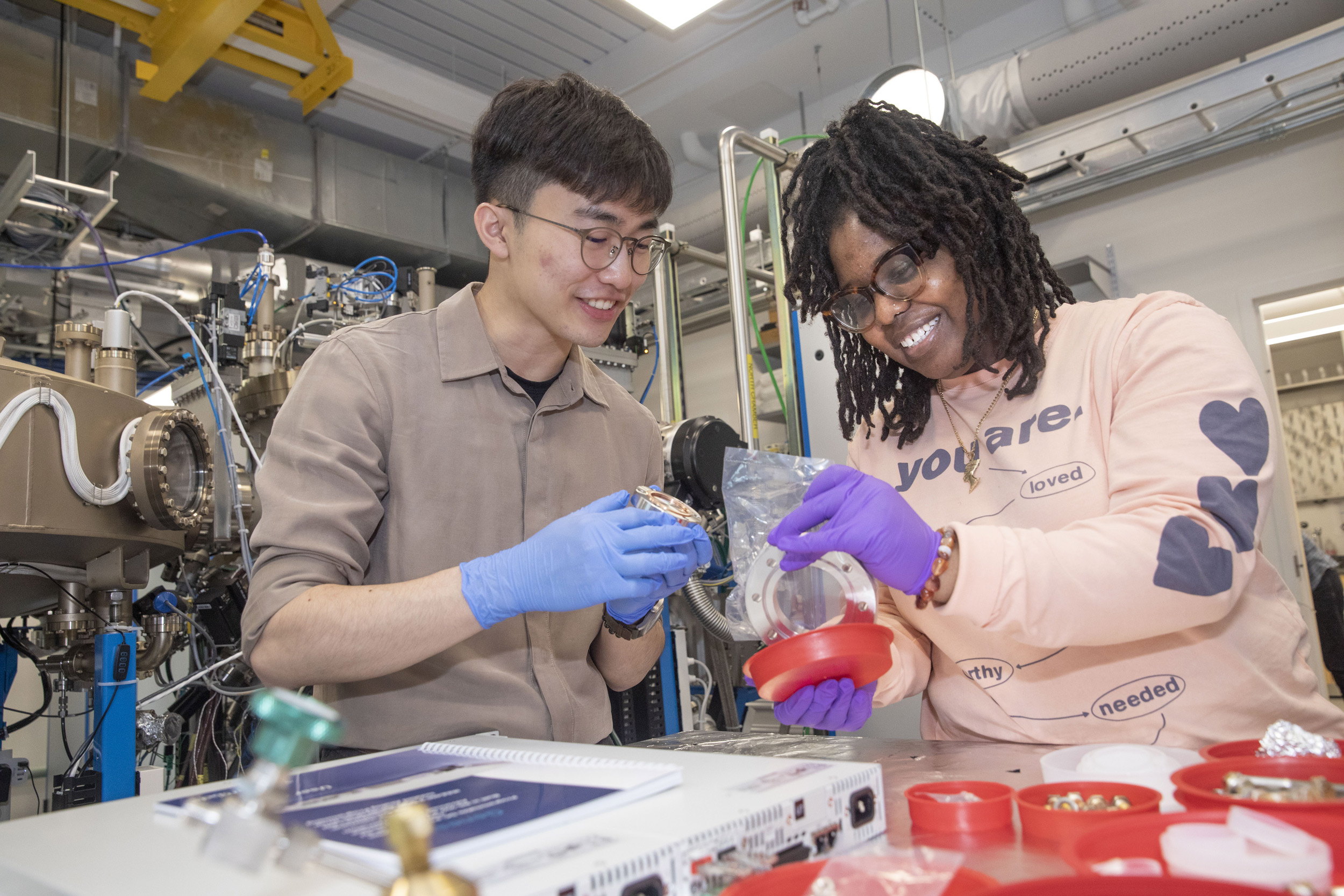
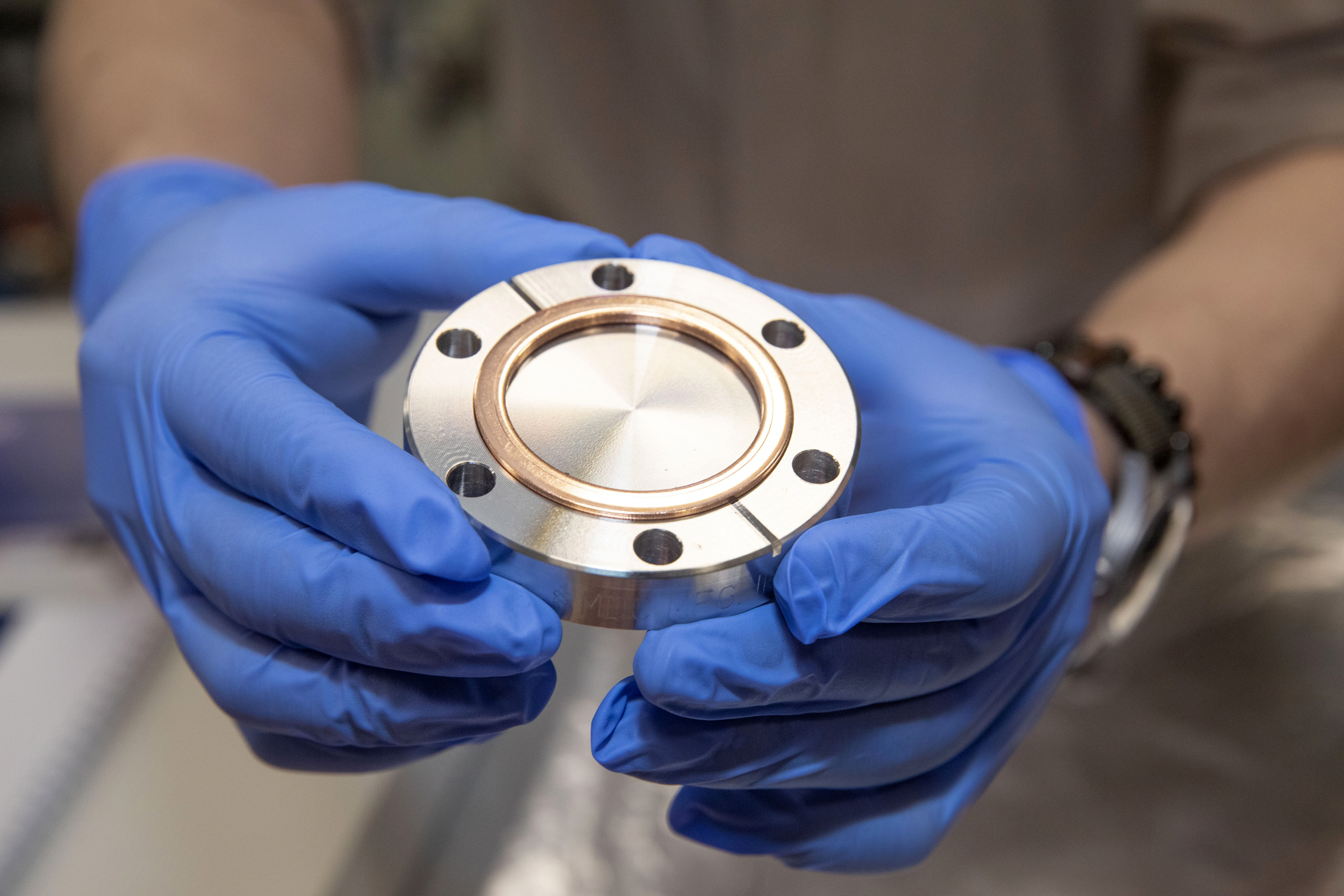
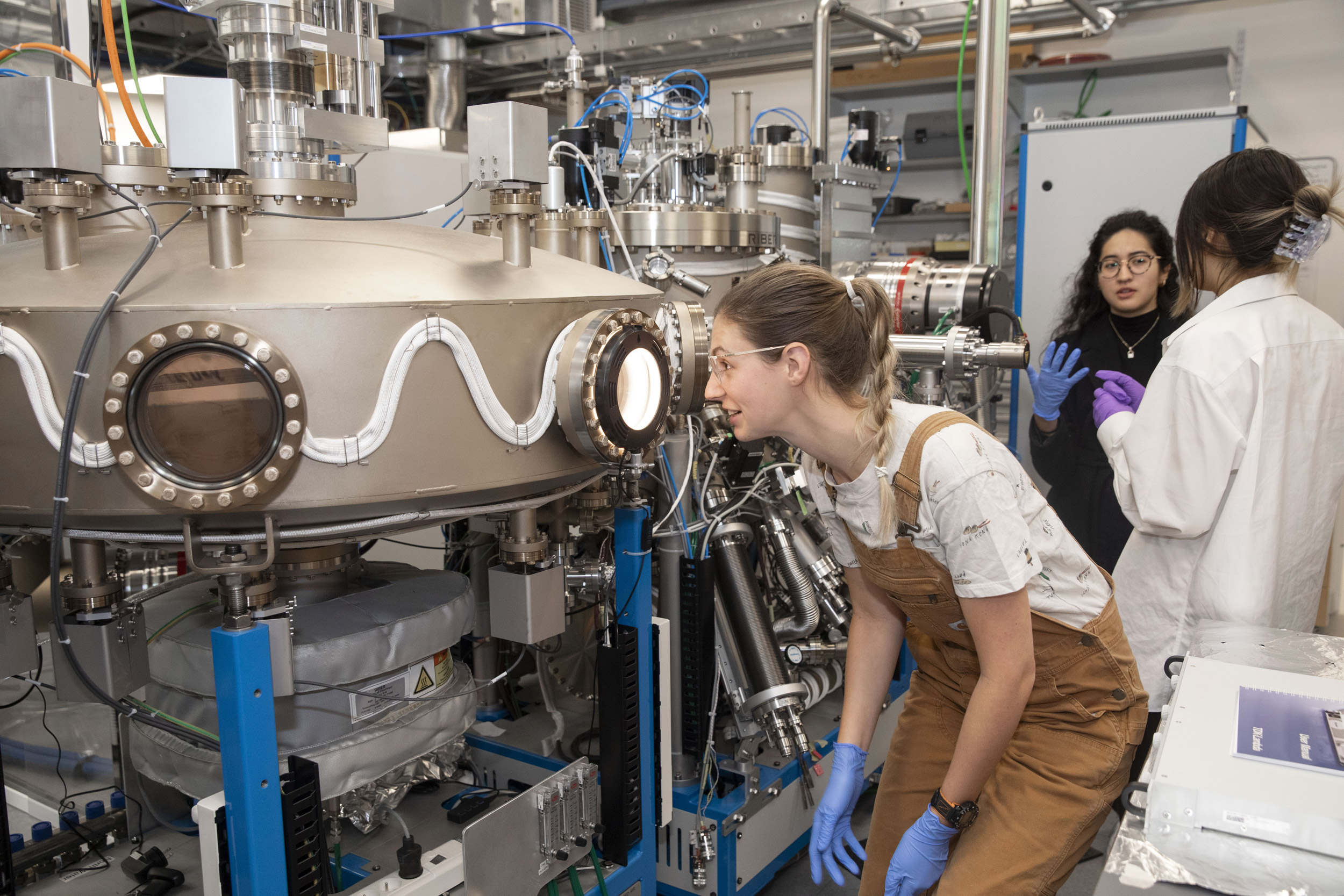
Margaret Anderson uses the same process inside Julia Mundy’s Lab.
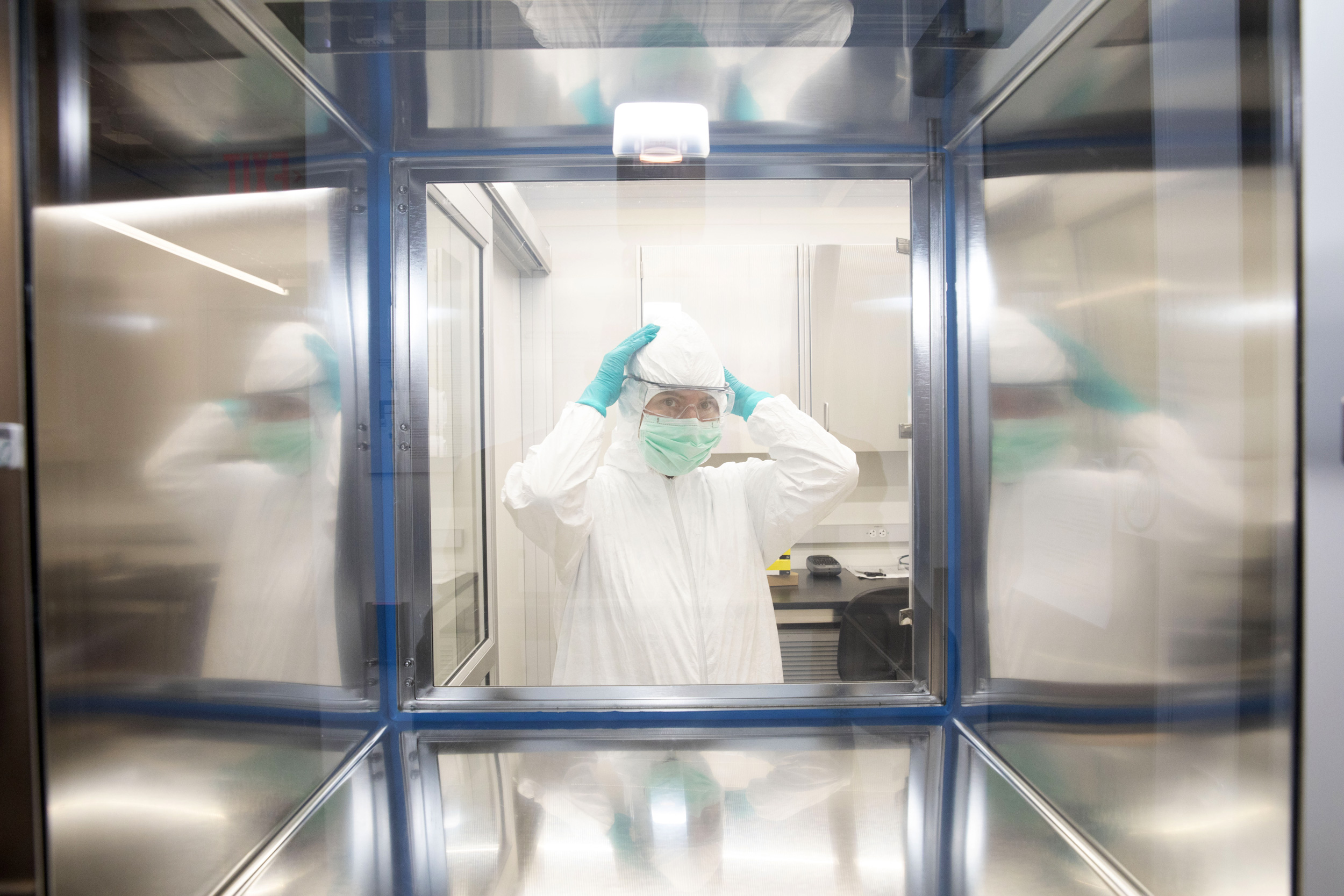
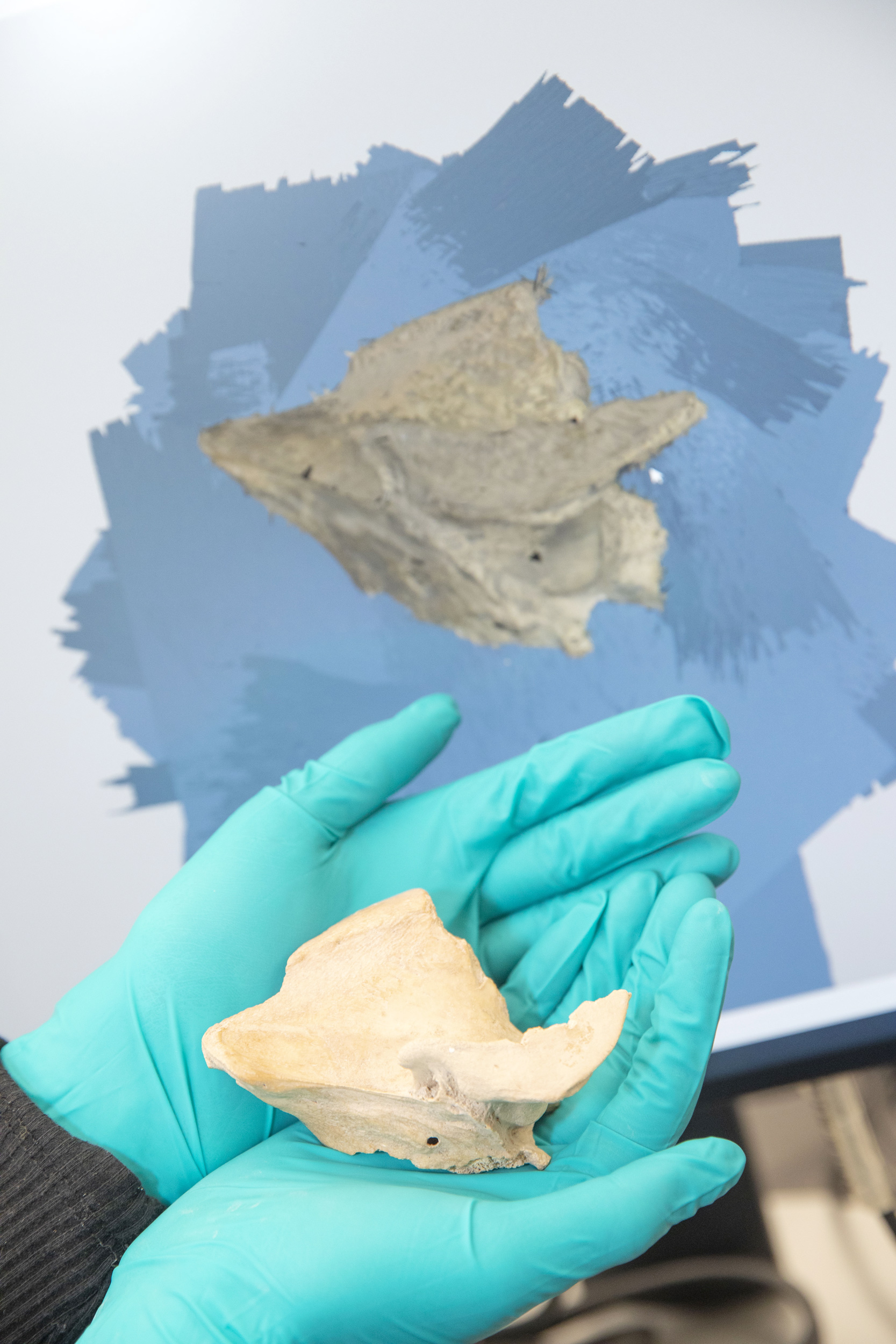
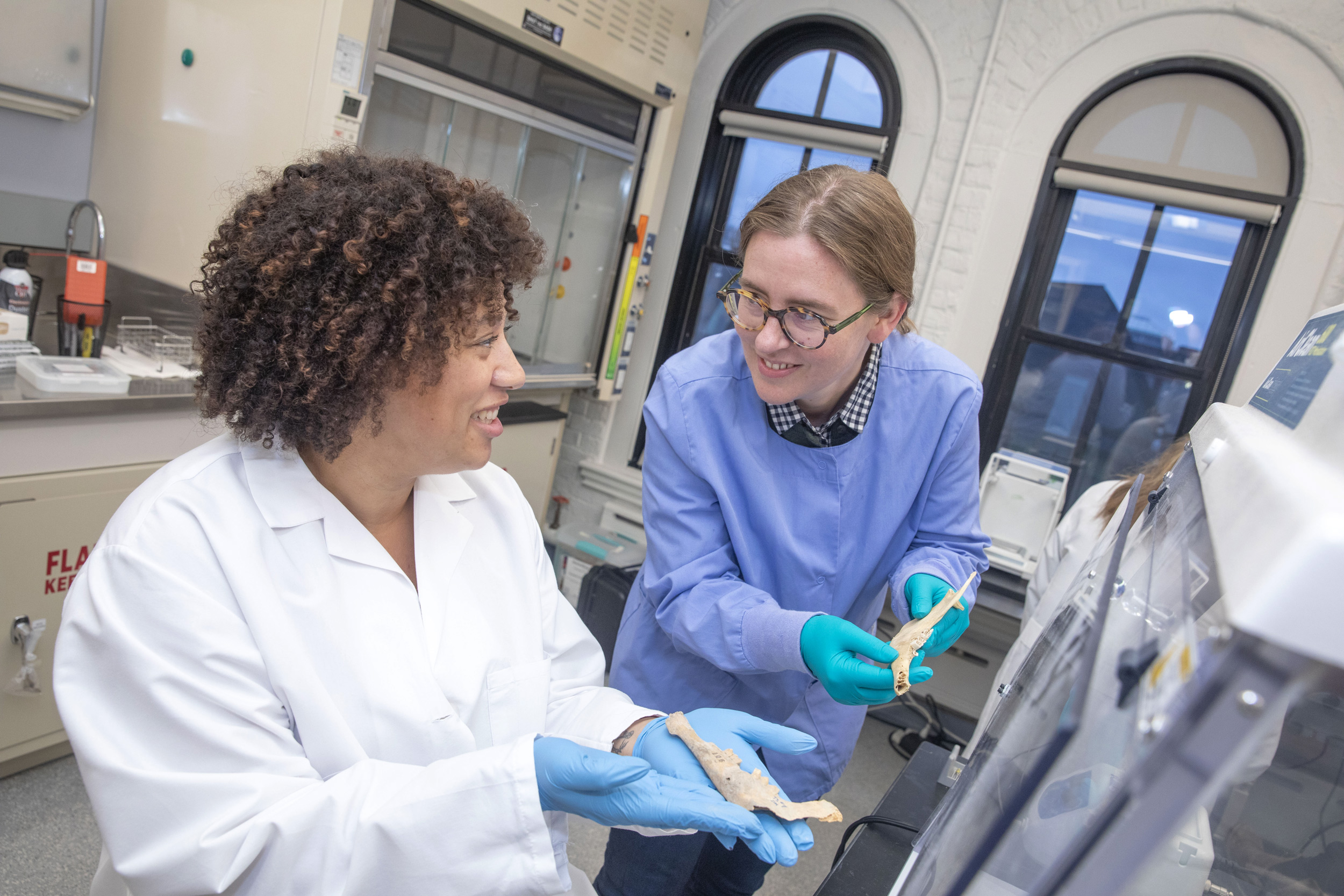
Warinner’s students work with a 3D scanner in the Peabody Museum. Melina Seabrook, (left), a GSAS graduate student in anthropology, performs bone sampling and collagen extraction using sheep mandibles as Warinner looks on.
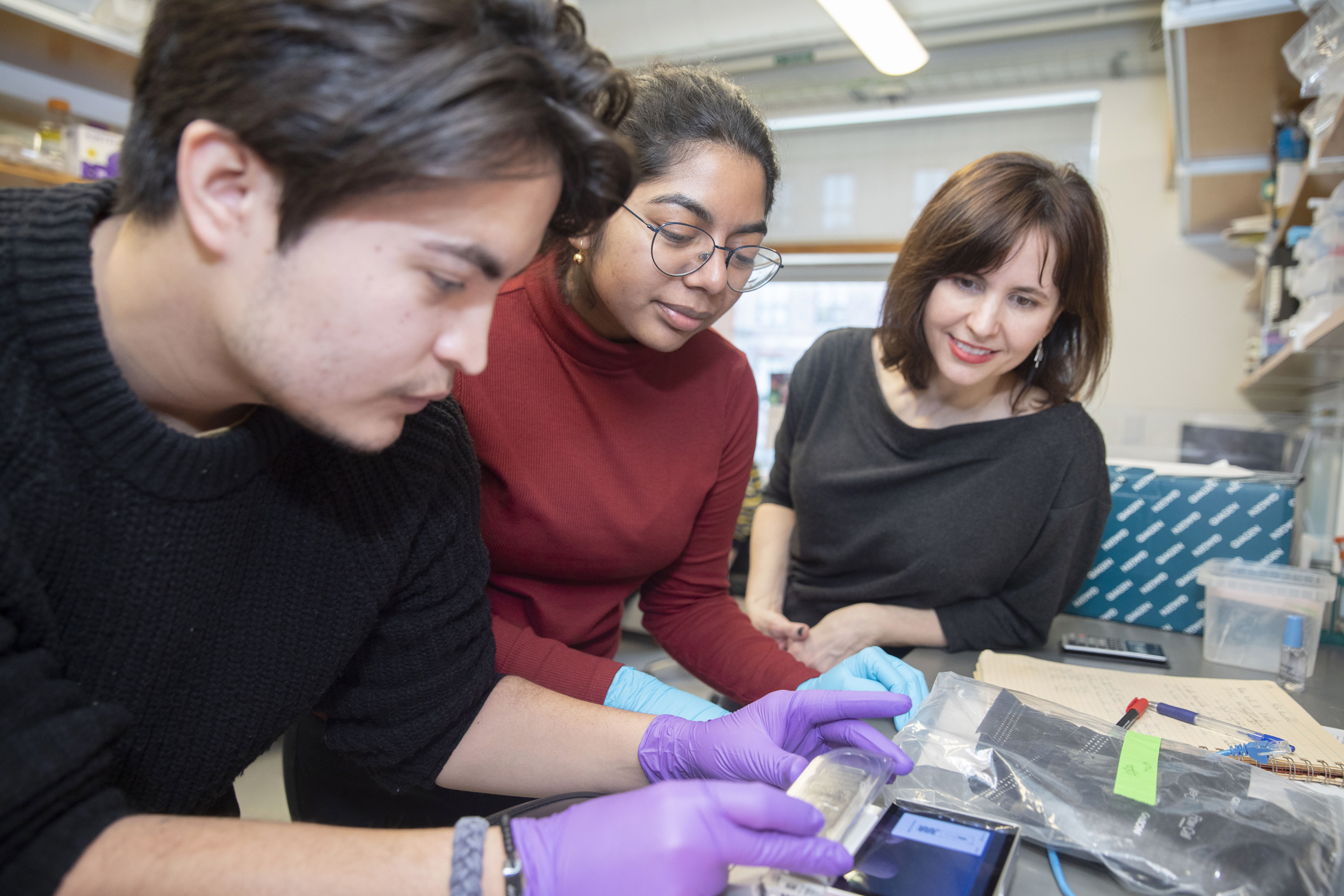
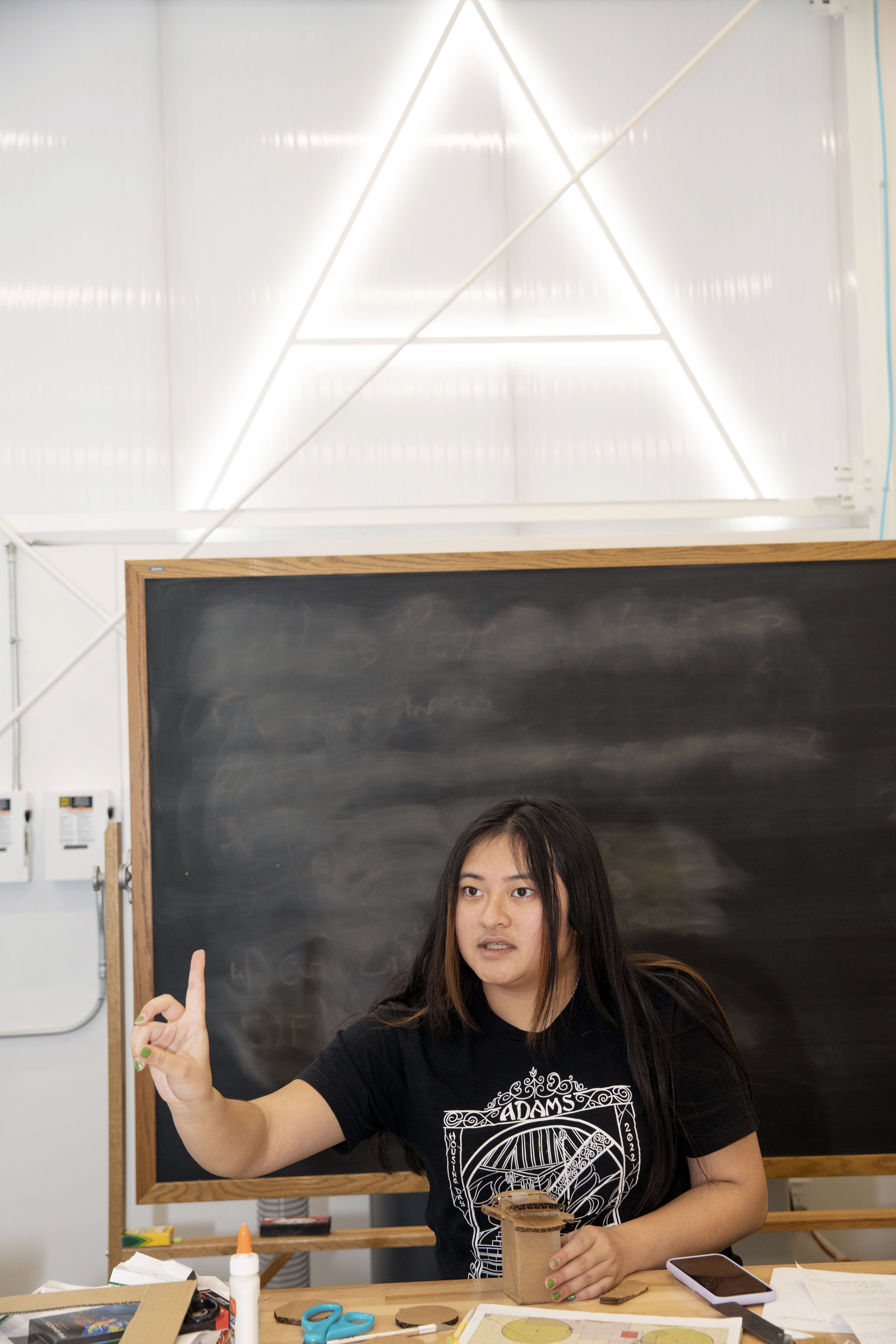
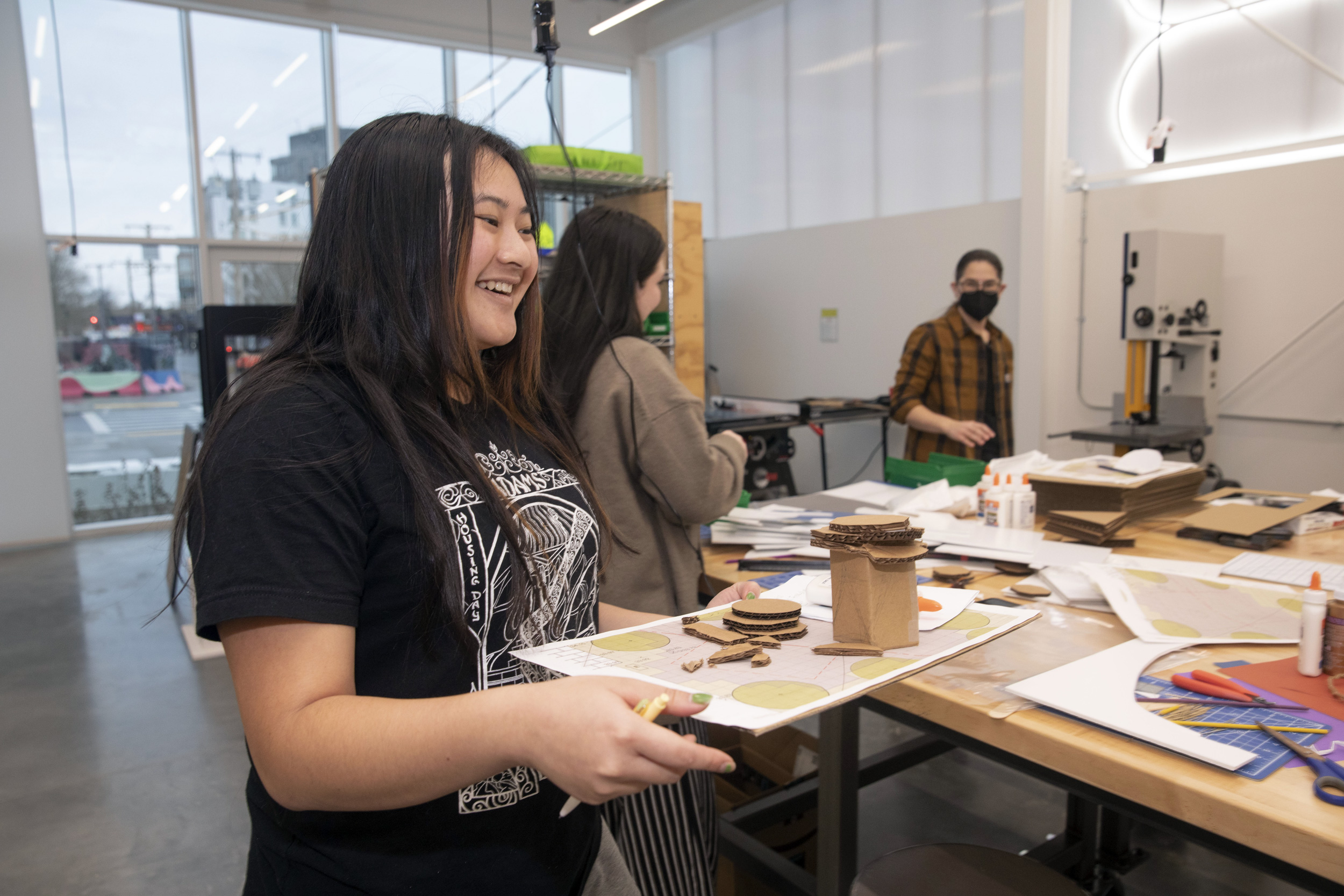
Priscilla Cheav ’25 works on a city planning model during a winter session workshop at the Art Lab.
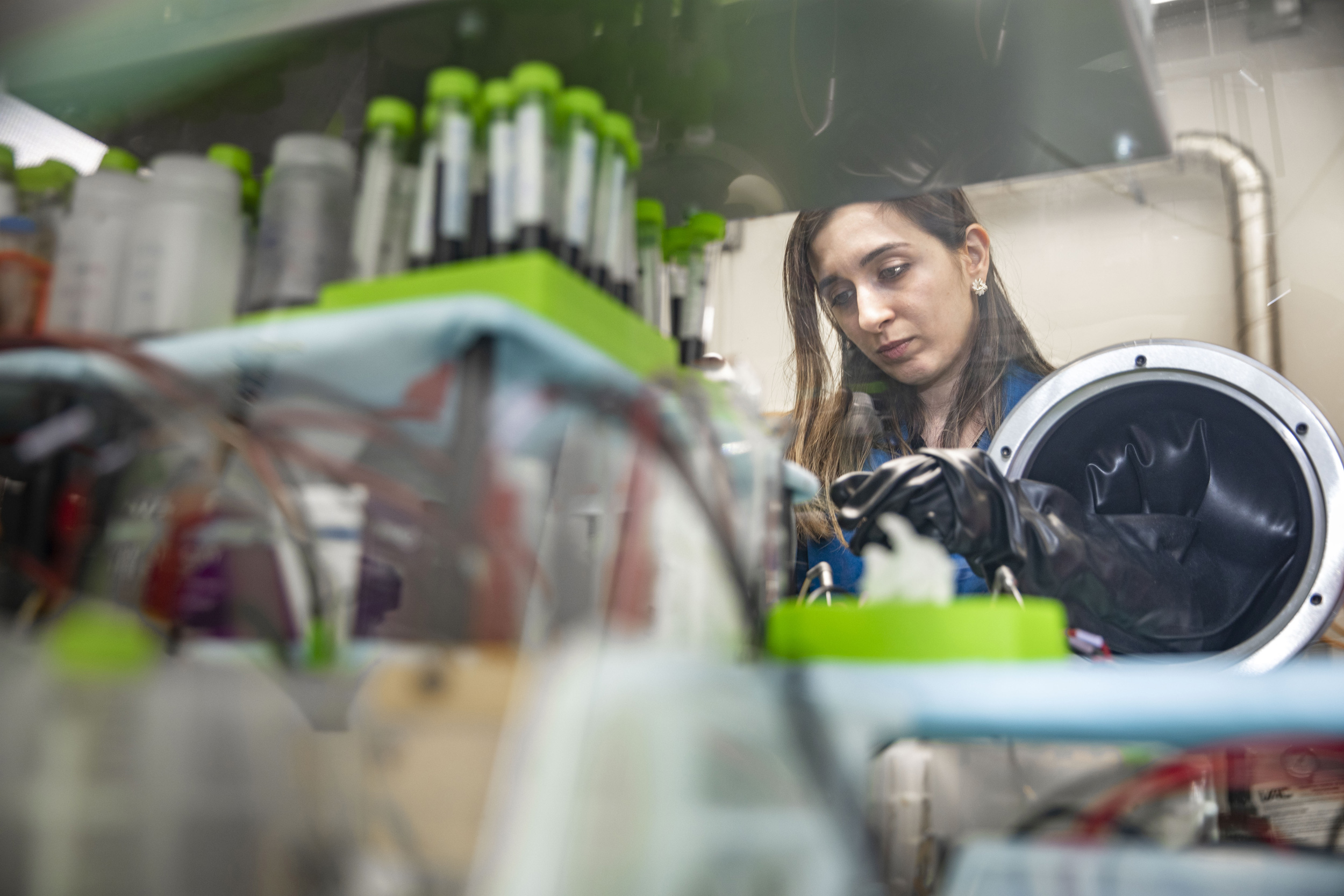
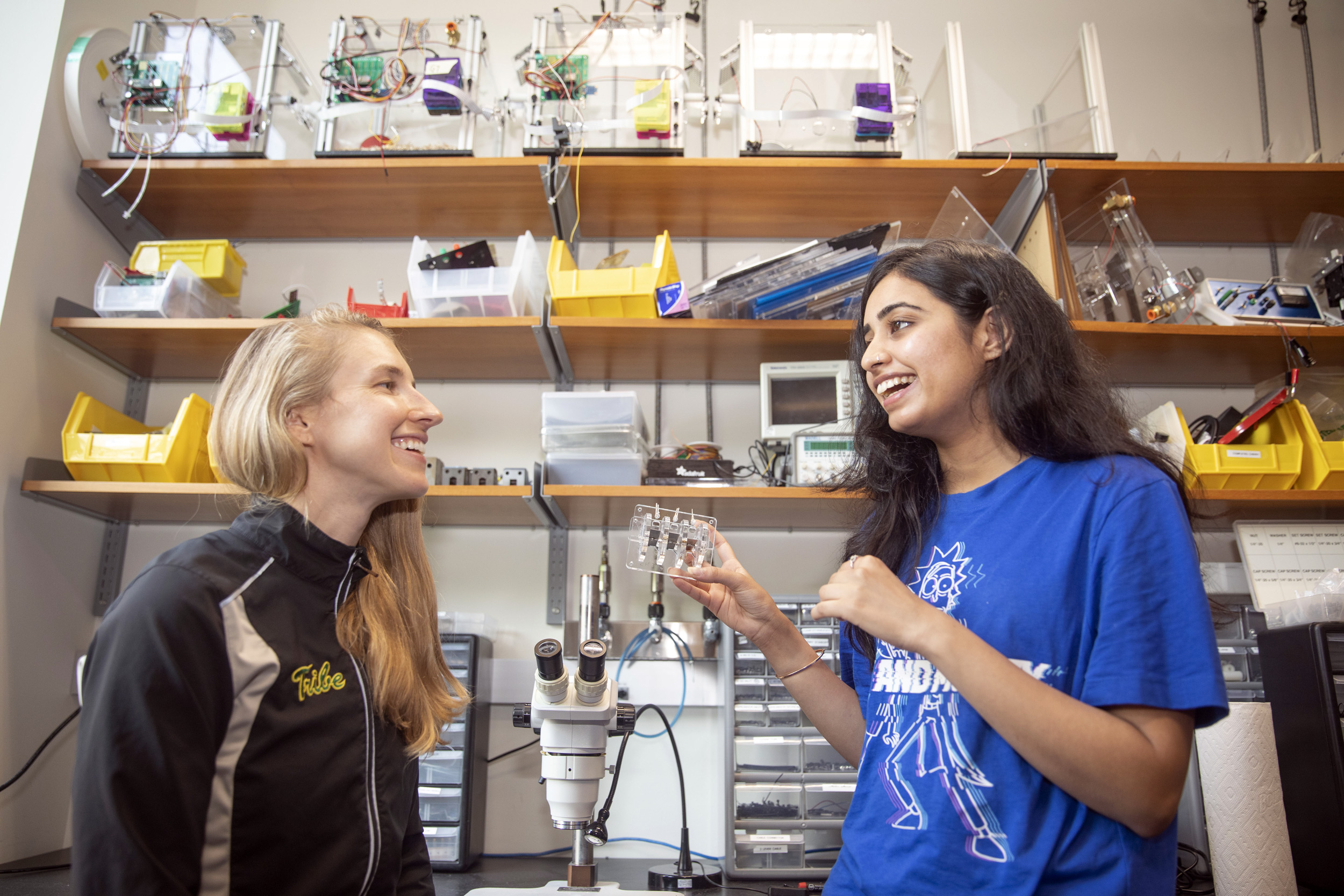
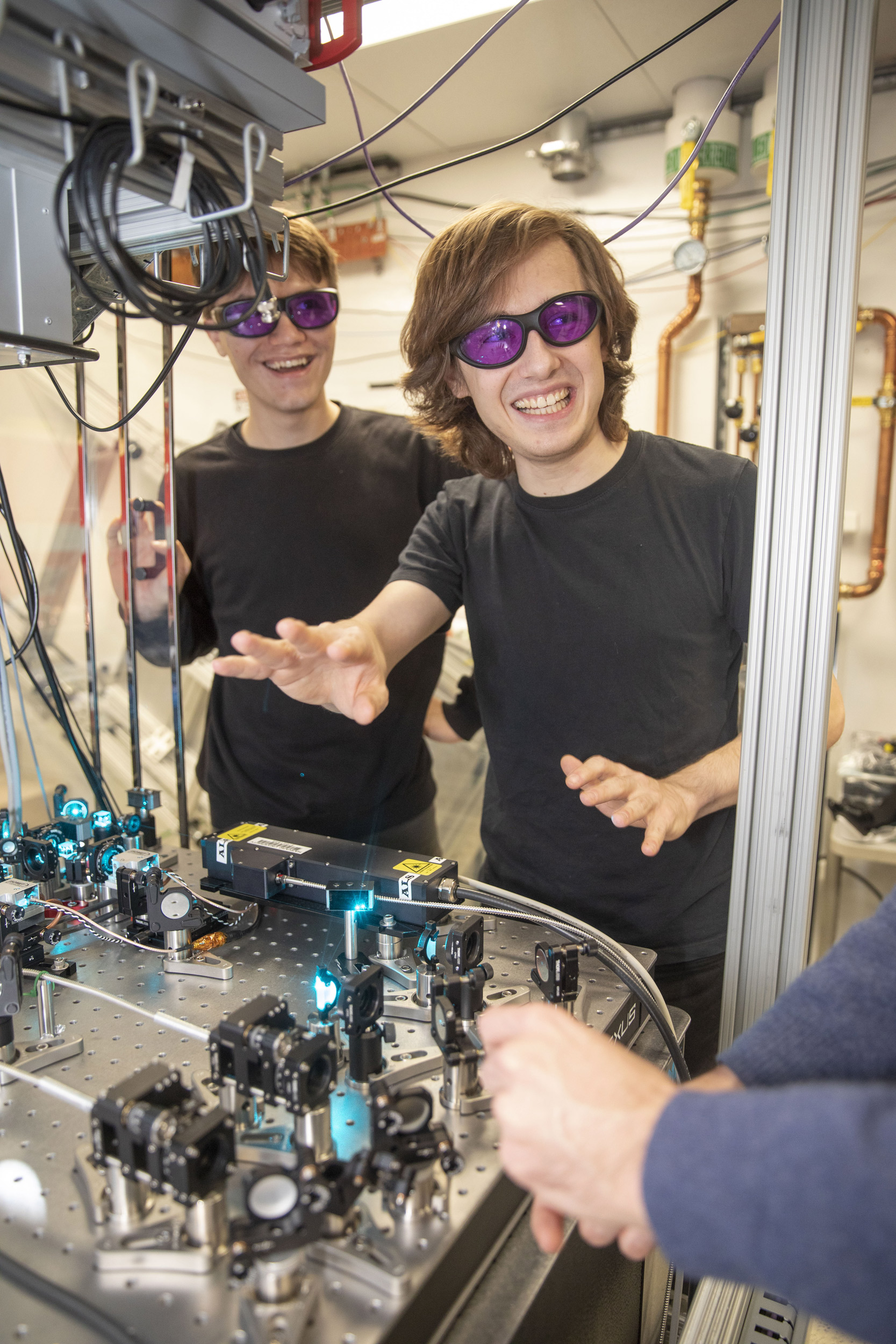
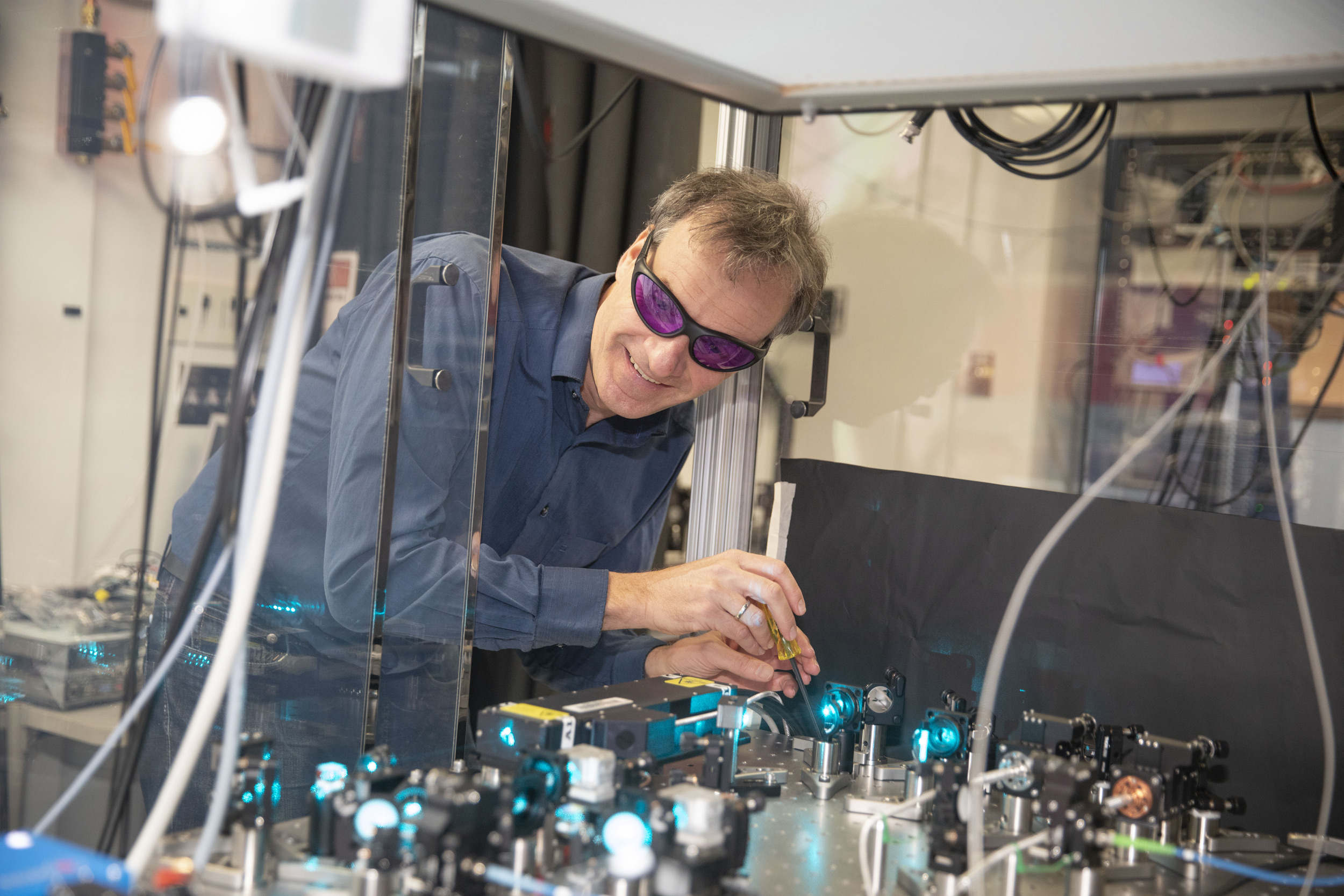
GSAS students Michal Szurek (from left), Alexander Douglas, and Ognjen Markovic (hand shown), study images of single atoms moving in an optical lattice. Markus Greiner’s Urbium Lab uses ultracold quantum gases on optical lattices to simulate models from condensed matter physics. Using a microscopy technique developed in the lab, they can see and manipulate individual atoms to perform experiments with remarkable levels of control and accuracy. Greiner analyzes images of single atoms moving around in an optical lattice.
